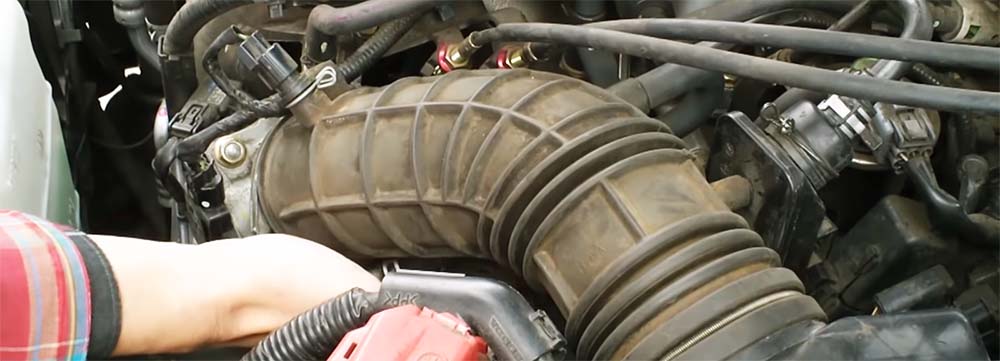The Idle Air Control Valve, commonly known as the IAC valve, is a pivotal component in regulating the engine’s idle speed. Located within the throttle body, it assists in controlling the amount of air bypassing the throttle plate, enabling the Engine Control Unit (ECU) to adjust the idle speed accordingly. In Honda vehicles, this component ensures a consistent and smooth driving experience, especially when the engine isn’t under load, like during traffic halts. However, like many engine components, the IAC valve can accumulate contaminants such as dirt and carbon over time. These impurities can impede its optimal functioning, leading to erratic idling, engine stalling, or start-up issues. Regular cleaning not only circumvents these challenges but also optimizes fuel efficiency and extends the valve’s operational life.
Tools and Materials Required for Cleaning
Before diving into the cleaning process, it’s essential to have the right tools and materials at hand. Here’s what you’ll need:
- Throttle body or carburetor cleaner
- A soft brush or old toothbrush
- Clean rags or towels
- A set of screwdrivers
- Protective gloves
Step-by-step Cleaning Procedure
-
Disconnect the Battery: Safety first. Start by disconnecting the battery terminals. This step also allows the ECU to reset and recalibrate post-cleaning.
-
Locate the IAC Valve: In many Honda models, the IAC valve is situated close to the throttle body. Consult your vehicle’s manual if unsure about its location.
-
Remove the IAC Valve: Gently, with the help of a screwdriver, unscrew and detach the valve.
-
Clean the Valve: Apply the throttle body cleaner on the valve, targeting its openings. Use the brush to scrub off any stubborn deposits. Ensure a thorough cleaning without causing any damage.
-
Reinstall the IAC Valve: After cleaning, carefully reinstall the valve and ensure it’s snugly attached.
-
Reconnect the Battery and Test: Connect back the battery terminals and ignite your Honda. Let it idle for a few minutes to help the ECU recalibrate.

Tips for Ensuring the Longevity of the IAC Valve
Beyond just cleaning, the Idle Air Control (IAC) Valve needs regular attention to ensure its longevity and optimal functioning. The heart of the issue lies in the contaminants that accumulate over time, stemming from factors like inferior fuel quality or external environmental conditions. Adopting preventive measures can often be more effective than a reactive approach. Regular servicing of your Honda, for instance, can allow professionals to catch early signs of wear or accumulation on the IAC valve. Using top-tier fuel can reduce the buildup of carbon deposits, not just in the IAC valve, but throughout the engine system. Additionally, routine inspections of the throttle body area can ensure that any debris or contaminants are identified and dealt with promptly. A clean engine bay, in general, reduces the chances of dirt and debris affecting critical components like the IAC valve.
Related Maintenance Recommendations
Every part of a vehicle, from the most significant components to the smallest accessories, plays a vital role in defining the driving experience and the vehicle’s longevity. While the engine is undeniably the heart of the car, components like the brakes, suspension, tires, and even the windshield wipers, contribute significantly to its safety and functionality. For example, good quality windshield wipers ensure clear visibility during adverse weather conditions, significantly reducing the risk of accidents. In this vein, for those who prioritize safety and optimal performance, diving into articles and guides that cater to these components can be immensely beneficial. Our article on the Best Windshield Wipers for Toyota Corolla, for instance, sheds light on the importance of quality wipers, emphasizing that even seemingly minor components can have a substantial impact.
Conclusion
A vehicle’s longevity and performance are direct results of the attention and care it receives. The Idle Air Control Valve, though a small component in the vast machinery of a Honda, plays a crucial role in determining the engine’s efficiency, especially during idling. Cleaning and maintaining this valve is not just about ensuring a smooth drive but also about guaranteeing the vehicle’s long-term health. Such meticulous care extends to every corner of the vehicle. From the roar of the engine to the swish of the windshield wipers, every aspect plays its part in crafting those memorable drives. By committing to comprehensive maintenance and understanding the significance of each component, vehicle owners not only safeguard their investment but also ensure countless smooth rides down the road.



